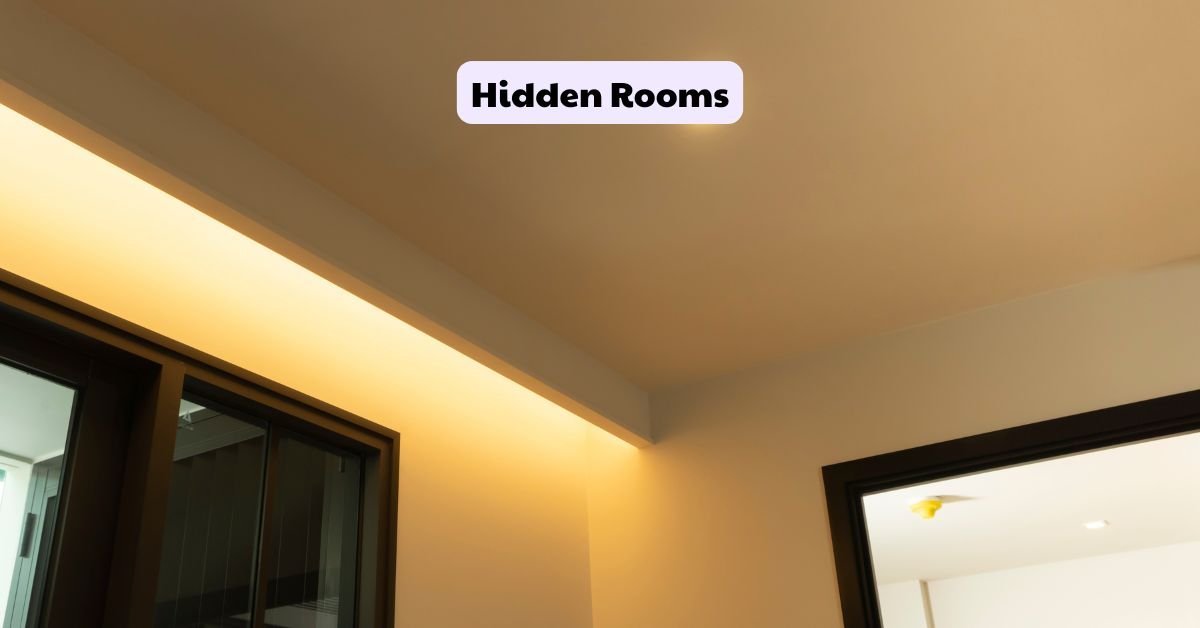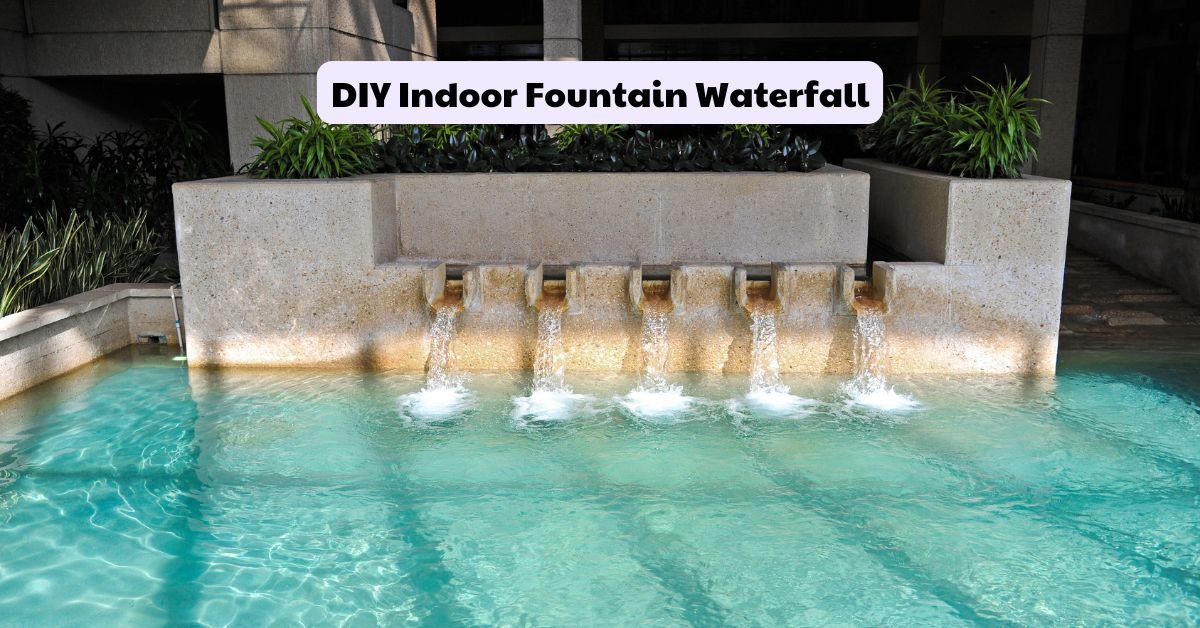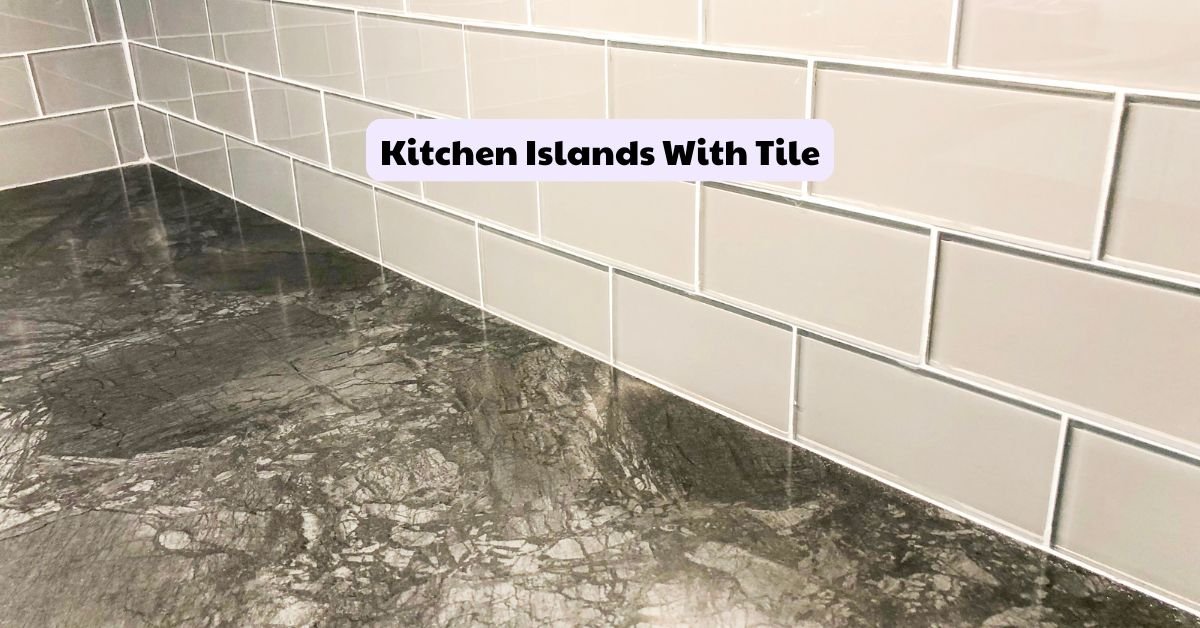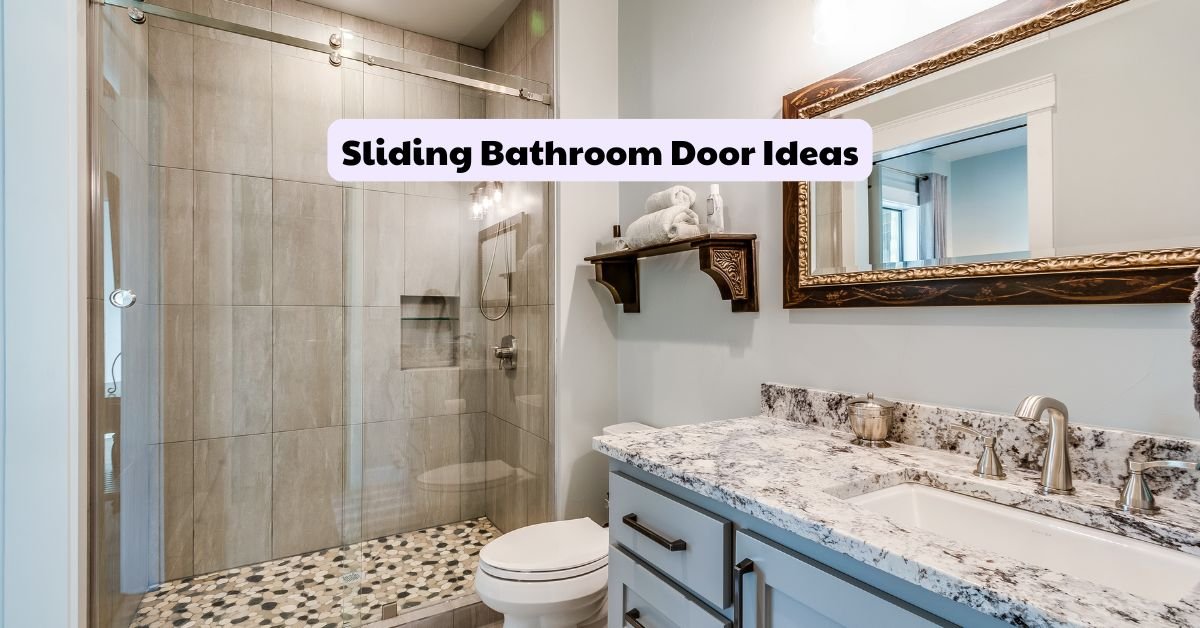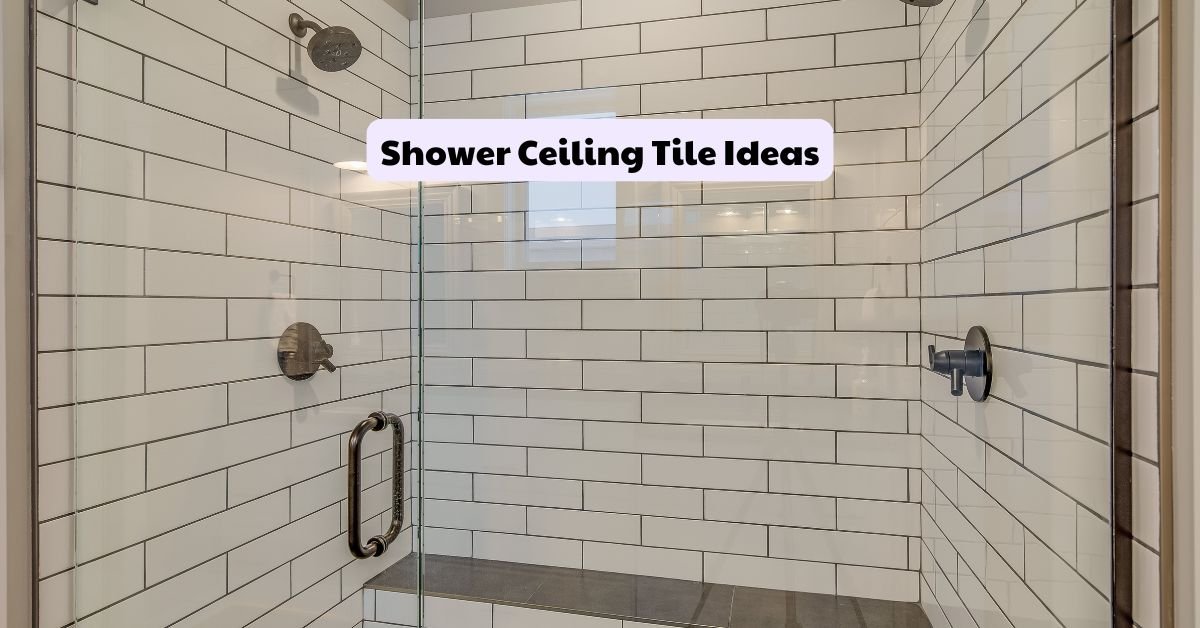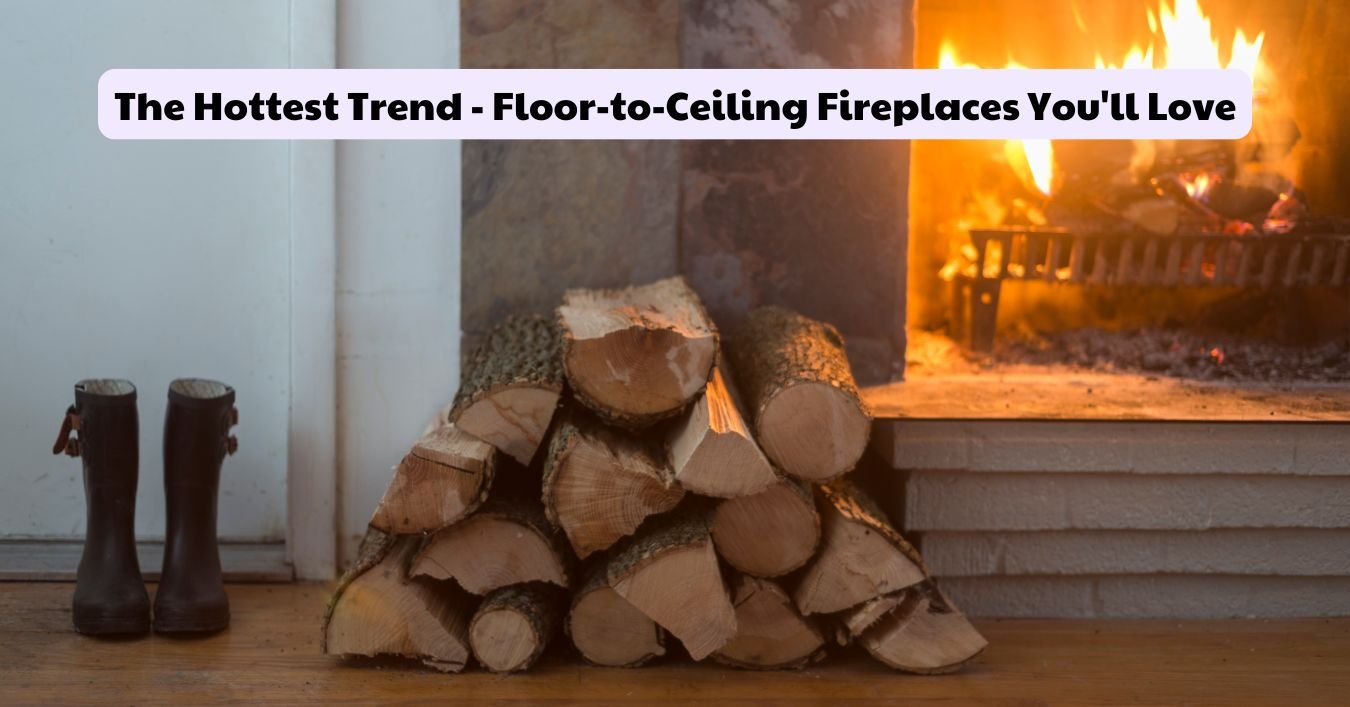Hidden Rooms – Discover Secret Spaces in Your Home
Have you ever dreamed of having a secret passage in your house? Hidden rooms and secret spaces are now more than just fiction. Homeowners across the US are bringing this idea to life, mixing practicality with a bit of magic.
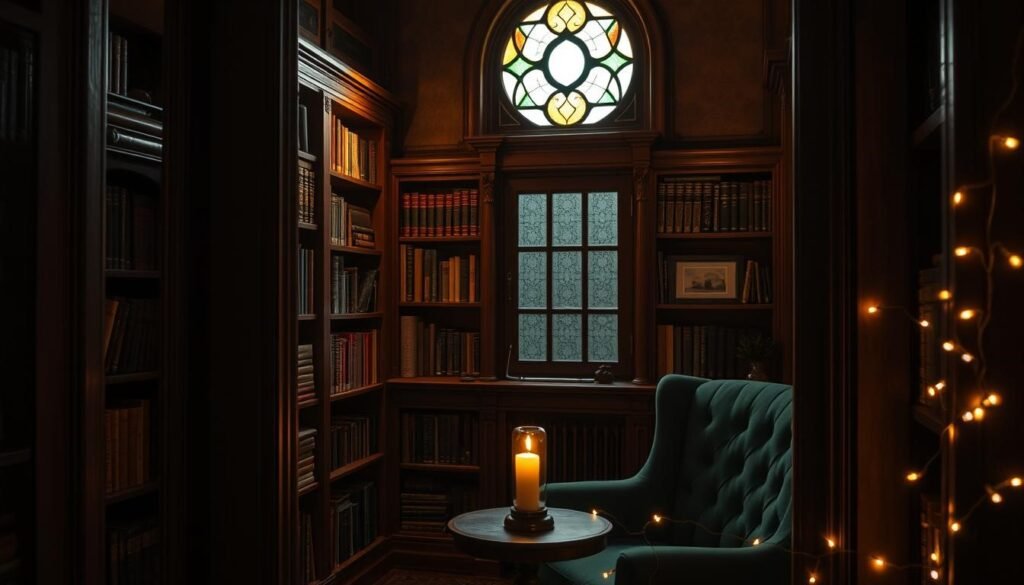
These hidden rooms can be clever storage spots or even secret chambers. They let you make the most of your space and add a bit of fun. Whether you want a private spot, a safe place for storage, or to relive childhood dreams, there are endless options.
Let’s explore the world of secret passages and hidden spots. You’ll see how these special areas can transform your home. We’ll also look at how to add these mysterious corners to your space, making them both useful and intriguing.
Key Takeaways – Hidden Rooms
- Hidden rooms offer unique space utilisation and excitement
- Secret passages can serve various purposes in modern homes
- Concealed spaces blend functionality with architectural intrigue
- Hidden rooms can provide privacy and security solutions
- Integrating secret spaces requires careful planning and design
The Allure of Hidden Rooms in Modern Homes
Hidden rooms have always fascinated people. Now, they’re back in modern homes. These secret spots add mystery and value to our living spaces.
They’re great for storing things, keeping valuables safe, or as a private spot. You can use them for work, fun, or just chilling out. Everyone can make these rooms their own.
Secret spaces are really appealing. They satisfy our need for privacy and curiosity. Having one in your home gives you a special place to relax and be alone.
“A hidden room is like a secret garden within your home, a space that’s uniquely yours to discover and enjoy.”
Thanks to new tech, hidden rooms are now smarter. You can have secret doors that open with just a touch or walls that slide away. These features make these rooms useful and exciting.
| Hidden Room Type | Popular Uses | Key Features |
| Bookcase Door | Home office, library | Rotating mechanism, custom shelving |
| Under-stair Space | Storage, playroom | Space-saving design, discrete access |
| Wall Panel | Safe room, wine cellar | Flush finish, high security |
Architects and designers are now adding secret spots to all kinds of homes. Whether it’s a small flat or a big house, hidden rooms bring mystery and usefulness to our lives.
Historical Significance of Secret Passages
Secret passages have fascinated people for centuries. They have been vital in history, shaping cultures and affecting architecture worldwide.
Famous Examples Throughout History
Ancient Egypt’s pyramids had hidden chambers, medieval castles had secret tunnels for escape, and the Vatican’s Passetto di Borgo let popes flee danger.
These secret spots were vital for protecting important people and keeping safe artefacts.
Cultural Importance of Concealed Spaces
Hidden rooms have shaped literature and pop culture. They add mystery to stories and movies. These secret places stand for privacy, security, and the joy of finding something new.
Evolution of Hidden Rooms Over Time
Concealed spaces have changed a lot over time. Ancient tombs had secret rooms for treasures, and medieval castles had priest holes for the clergy.
Modern homes now have smart storage and safe rooms, which shows how our needs for security and privacy have changed.
| Era | Purpose | Common Features |
| Ancient | Protect treasures | Sealed chambers, false walls |
| Medieval | Safety during conflicts | Escape tunnels, priest holes |
| Modern | Privacy and security | Clever storage, safe rooms |
Looking into secret passages, we see their significant role in history. They still inspire people to make their hidden spots at home.
Practical Uses for Hidden Rooms Today
Hidden rooms have changed a lot over time. Now, they play a significant role in modern homes. They give homeowners extra space and make life easier.
Many families turn hidden rooms into safe rooms. These secret spots are perfect for keeping safe during emergencies. They come with particular devices, supplies, and solid doors for extra safety.
Hidden rooms are also great for storing things. You can keep valuable items or seasonal decorations in them. This helps keep your living areas tidy.
Home offices hidden behind bookcases or under stairs are popular, too. They let you work without disturbing your family life. Even in tiny homes, you can have a private space for work.
For those who love movies or games, hidden rooms become private cinemas or gaming areas. These spots let you enjoy your hobbies without taking over your living room.
| Hidden Room Type | Primary Use | Key Features |
| Safe Room | Emergency shelter | Reinforced doors, communication devices |
| Storage Space | Decluttering | Climate control, organisational systems |
| Home Office | Work privacy | Soundproofing, ergonomic furniture |
| Entertainment Room | Leisure activities | Audio-visual equipment, comfortable seating |
Hidden rooms have become key parts of modern homes. They offer both practicality and a hint of mystery, making them essential for today’s living spaces.
Designing Your Own Secret Space – Key Considerations
Creating hidden rooms in your home needs a lot of planning and detail. Every part of the design is essential for a perfect secret spot.
Architectural Planning
Begin by looking at your home’s layout for potential secret spots. Think about unused areas behind walls or under stairs for your secret place.
Structural Requirements
Your hidden room must follow building codes and be safe. It needs good ventilation, wiring, and support. Talk to a pro to see if you need extra support for the walls and floors.
Seamless Integration with Existing Décor
For a hidden room to work well, it must look like it belongs. Pick hiding ways that match your home’s style. Bookcase doors, sliding panels, or walls that swing open can be great disguises.
| Concealment Method | Pros | Cons |
| Bookcase Door | Classic look, functional storage | It can be heavy and requires sturdy hinges |
| Sliding Panel | Space-efficient, modern appearance | Limited design options, potential for wear |
| Pivoting Wall | Dramatic reveal, larger entrance | Complex installation, higher cost |
Think about these points to make a hidden room that looks good and works well.
Common Locations for Concealed Spaces in Homes
Homeowners looking to create secret spots often ask where to start. Your home might already have hidden areas you can use. Let’s look at some top places for these hidden spots.
Behind Bookcases and Fireplaces
Bookcases and fireplaces are great for secret rooms. A bookcase that swings open can hide a whole room, and a fake fireplace can cover a small hiding spot. These spots fit right in with your decor, making them perfect for hidden areas.
Under Staircases and Floorboards
The area under the stairs is often wasted space. Turn it into a secret spot for storage or a quiet place to read. Hollow floorboards can also hide things or lead to a more extensive hidden area. These spots are great for keeping things safe and out of sight.
Within Attics and Basements
Attics and basements are suitable for more extensive secret areas. A fake wall in the attic could hide an extra room. A sliding bookshelf in the cellar might open to a secret workshop. These places give you lots of room for hidden spots.
When planning your secret space, think about how to get in, airflow, and local building rules. With intelligent design, these hidden spots can make your home more attractive and valuable.
Innovative Mechanisms for Accessing Secret Rooms
The world of secret rooms has moved on from just hidden doors. Now, they feature advanced access methods that mix security with ease.
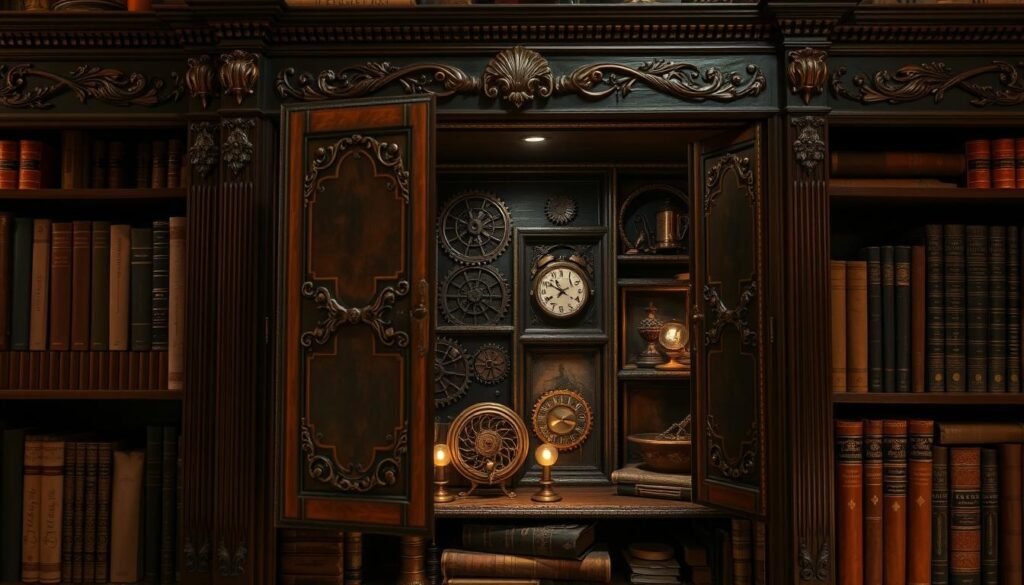
Biometric scanners have changed how we enter secret rooms. They use fingerprints, retinal scans, and facial recognition to ensure that only the right people get in, making your secret spot super secure.
If you prefer something more traditional, try pulley systems. They look like normal things, like candlesticks or bookends. Pulling on them opens the hidden door to your secret area.
Voice activation is another way to access secret rooms. Saying a special word can open hidden panels, allowing you to easily access your private space.
“The best secret room access mechanisms are those that seamlessly blend with their surroundings, offering both security and ease of use.”
When creating your own secret room, consider using these new access methods. They make your hidden space more secure and add fun and mystery to your home.
Legal and Safety Considerations for Hidden Spaces
When you plan to have hidden rooms or secret spots in your home, you must think about the law and safety. These hidden areas must follow building rules and keep everyone safe.
Building Codes and Regulations
Hidden rooms must comply with local building rules. This means they need good airflow, safe wiring, and strong structures. Always check with your local council before starting to ensure the legality of your secret spot.
Emergency Access and Fire Safety
Keeping safe in hidden spaces is critical. Put in smoke detectors and make sure people can get out quickly. Firefighters should be able to get into these spots fast. Think about adding a panic button or a way to open the door in an emergency.
Insurance Implications
Tell your insurance company about any hidden rooms. Not telling them could mean you’re not covered. Some insurers might ask for extra safety steps or change your premiums because of these secret areas.
Hidden rooms can make your home more interesting, but they must not risk safety. Always seek advice from experts to ensure that your secret spots are both fun and safe.
| Consideration | Requirement |
| Building Codes | Proper ventilation, wiring, structural integrity |
| Fire Safety | Smoke detectors, escape routes, emergency access |
| Insurance | Disclosure to provider, possible premium adjustments |
DIY vs Professional Installation – Pros and Cons
Deciding between DIY and professional installation for camouflaged chambers or disguised hideaways in your home is critical. Each option has its pros and cons, impacting cost, time, and quality.
For those with handy skills, DIY can be a cost-effective choice. You’ll save on labour costs and control the design of your secret spaces. It’s a way to express your creativity and make your hidden nooks unique. However, DIY projects often take longer and might not match the quality of professional work.
Professional installations are more expensive but offer expertise and efficiency. Skilled craftsmen can create hidden rooms that perfectly complement your home’s style. They also know the local building codes and will ensure your project is safe.
| Aspect | DIY | Professional |
| Cost | Lower | Higher |
| Time | Longer | Shorter |
| Quality | Varies | Consistent |
| Customisation | High | Moderate |
Your decision depends on your skills, budget, and what you want to achieve. DIY might be enough for simple tasks like bookcase doors. But for complex changes, like structural work, it’s best to hire professionals. Think about these factors to find the right way to create a hidden sanctuary in your home.
Maintaining and Securing Your Hidden Room
After setting up your secret spot, it’s crucial to keep it in excellent condition. Your hidden place must be well looked after to stay valuable and safe. Let’s look at how to keep these secret spots in top shape.
Climate Control and Ventilation
Good airflow is vital in stopping mould and dampness in your hidden room. Put in a small ventilation system for fresh air. If the area gets damp, use a dehumidifier. This keeps your things safe and makes the room comfortable.
Security Systems for Concealed Areas
Make your secret space safer with smart locks or biometric scanners. These modern features add extra security. You might also consider a hidden camera or a silent alarm system. These will tell you if someone tries to get in without your permission.
Regular Maintenance Tips
Regularly check your hidden room for any damage or wear. Watch out for cracks in walls, loose floorboards, or problems with the door. Clean it often to keep it dust-free and welcoming. By keeping up with maintenance, your secret spot will stay in a particular part of your home for many years.

